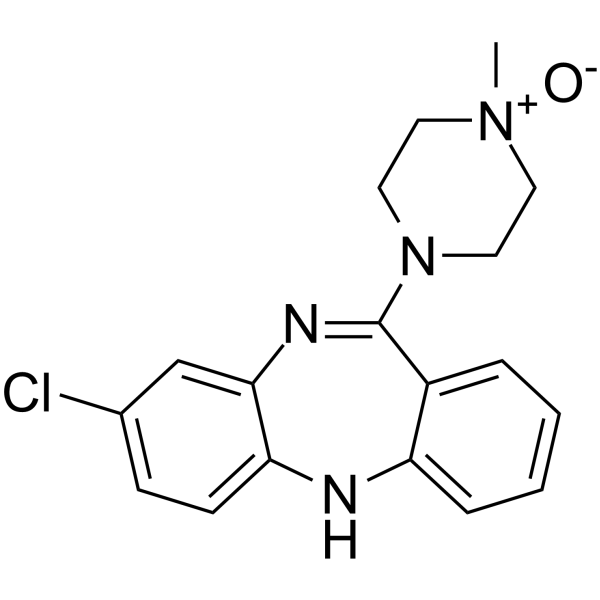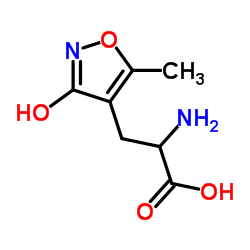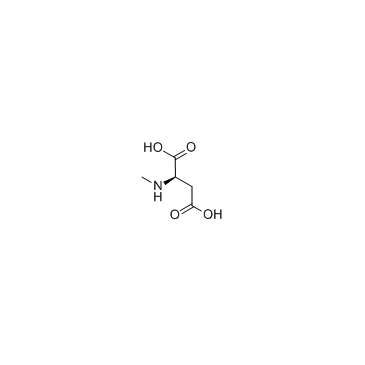| Structure | Name/CAS No. | Articles |
|---|---|---|
 |
(S)-AMPA(mM/ml)
CAS:83643-88-3 |
|
 |
Clozapine
CAS:5786-21-0 |
|
 |
Clozapine N-oxide
CAS:34233-69-7 |
|
 |
(R,S)-AMPA(mM/ml)
CAS:74341-63-2 |
|
 |
N-Methyl-D-aspartic acid
CAS:6384-92-5 |